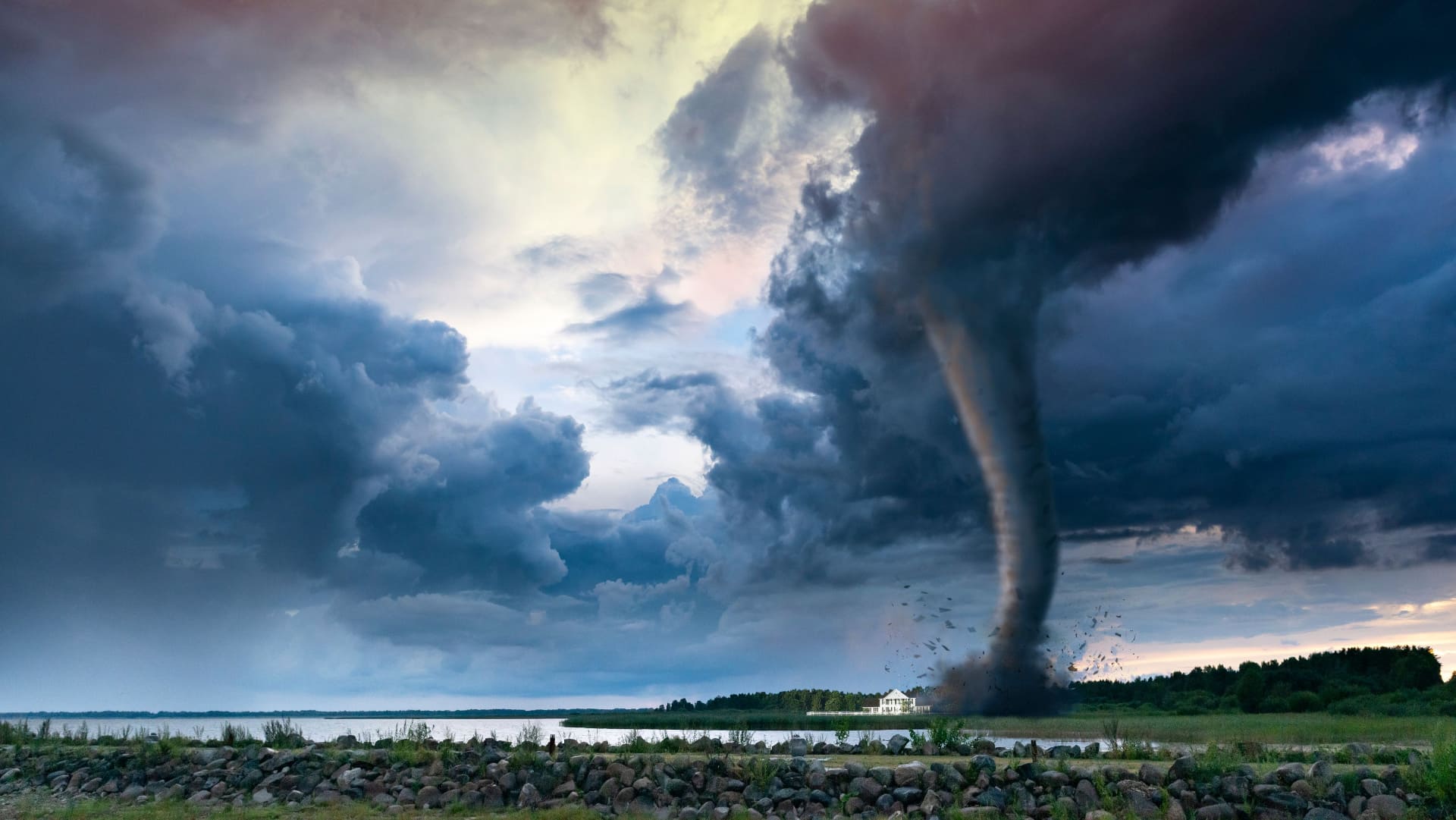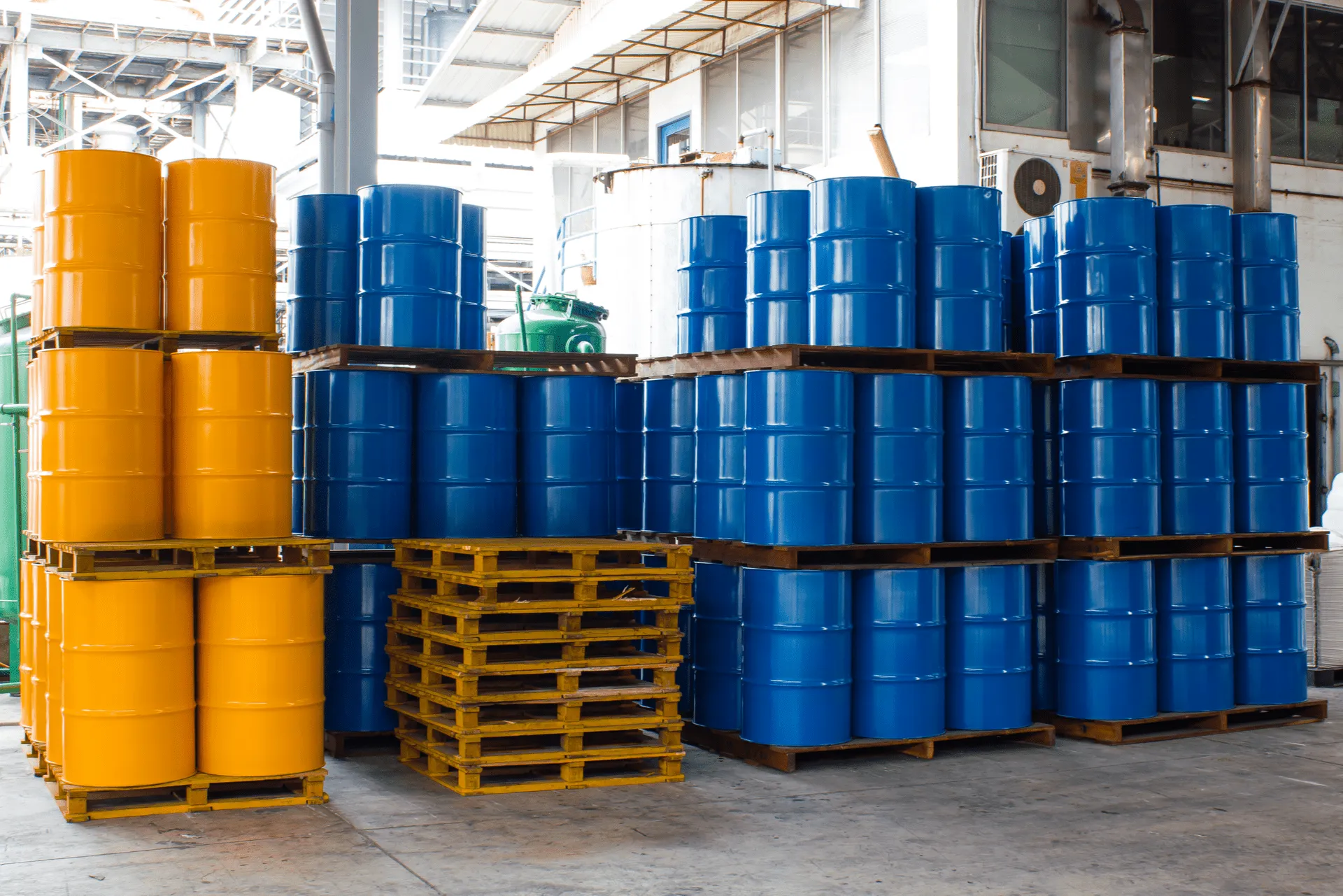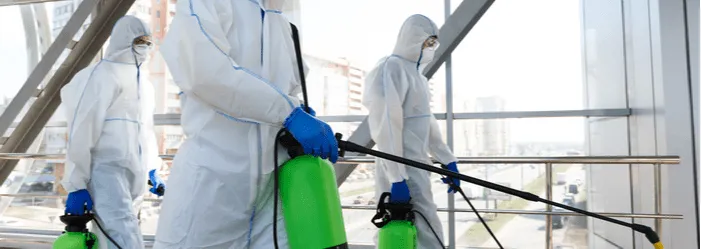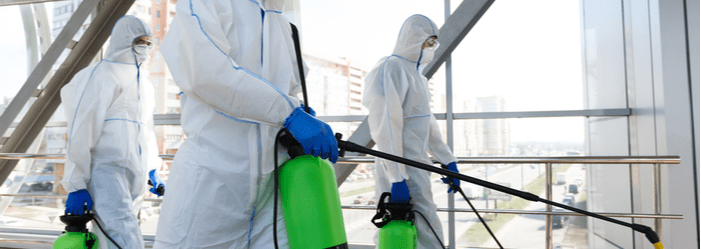Are You Prepared for Tornado Season in Texas?
Spring has finally arrived in Texas! While most of us are excited for increasingly sunnier days and the presence of blooming colorful florals, it’s still well known in our state that with spring comes an inevitable tornado season.
This spring alone, tornadoes have already hit the ground in several parts of the state. So, as one of Texas’ most trusted emergency response teams, we like to make sure that everyone in the communities we serve is as prepared as possible for when the weather gets nasty.
Here are some of the best ways to keep your communities and loved ones prepared for one of the most unpredictable seasons of the year.
Know the Difference Between a Watch and a Warning
Knowing when to kick your emergency plan into place is essential. In Texas, we get a lot of emergency alerts on our phones that indicate “Tornado Watch” and “Tornado Warning.” These are two drastically different situations that you’ll never want to wrongfully misconstrue.
In short, a tornado watch means that there are all of the ingredients in the air for a tornado to potentially form in an area. Watches aren’t guaranteed but are merely in place to keep communities on alert.
Tornado warnings, on the other hand, mean that an active tornado is in the direct vicinity of an area and people getting these alerts should immediately put their emergency plan into action and take cover.
Stay Proactive With a Shelter Plan
Being prepared and having a place for your family to seek shelter is essential during any natural disaster. In the event of a tornado, you want your shelter space to be windowless and on the bottom level of your property.
Designate certain members of the family to have their jobs. One person rounds up the children, while the others collect family pets and the home’s emergency kit.
Having a plan won’t make the event of a tornado any less threatening, but it will bring your family closer to safety faster than trying to seek shelter in a rush.
Have an Emergency Kit Prepped
Emergency kits are essential to have ready before a tornado strikes because you never know how impactful the event will be. You could be trapped in your hiding spot for quite some time. So, make sure to have the following items in a kit on hand, while you take shelter from the storm:
- Water
- Canned food
- Dried food
- Flashlight
- Battery-powered radio
- Extra batteries
- First-aid kit
- Dust masks
- Whistles
- Blankets
- Sanitation supplies
Never Attempt to Clear Out Wreckage On Your Own
The aftermath of a tornado can present elements that are equally as deadly as the tornado itself. When a tornado or other natural disaster hits a property, hazards like heavy debris, exposed electrical wires, carbon monoxide exposure, and more are all common threats to those that attempt to clear out a stricken area.
The risk of clearing out wreckage without experience or the right safety equipment is too great for a DIY attempt.
After a tornado has moved over and the post-storm calm has settled in, make sure to reach out to an emergency response team like TAS Environmental Services for help.
We can minimize the long-term damage a storm may have in your area and get your life back to normal as soon as possible.
If Your Community Needs Help After a Disaster TAS Environmental Services is Here for You!
If your property, business, or community was recently impacted by a natural or manmade disaster, the team at TAS Environmental Services can help!
From clearing out the aftermath of a devastating tornado to oil spill cleanup and environmental preservation, our team has the experience and technology to quickly bring a sense of normalcy back to your situation.
We are available to help 24/7 and invite you to contact us to bring our services to your site.








